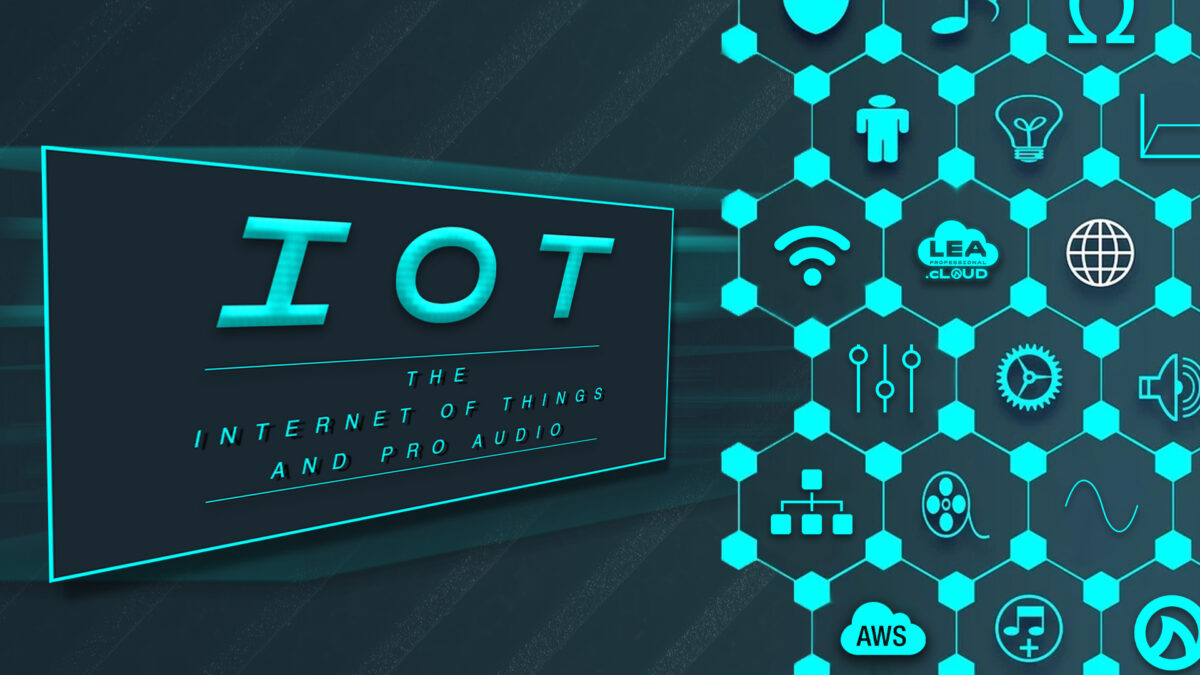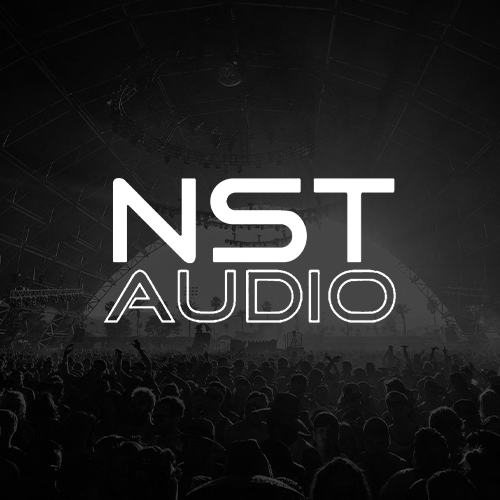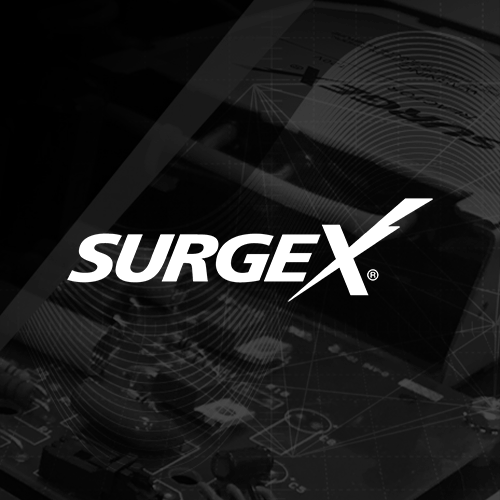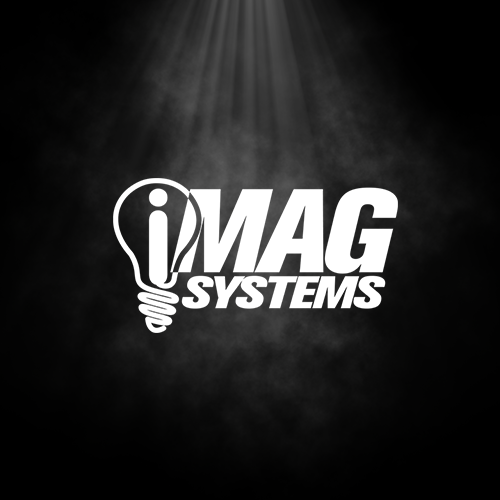IoT Amplifiers & Pro Audio: How The Internet of Things Is Changing The Industry
First of all, what is IoT? IoT devices are becoming more prevalent in our daily lives. The acronym IoT translates to “Internet of Things”. This phrase can be defined as an object connected to the internet, that is able to collect and exchange data.
HOW DOES IOT WORK?
IOT AMPLIFIERS & PRO AUDIO: HOW THE INTERNET OF THINGS IS CHANGING THE INDUSTRY
IoT objects can communicate data either wired or wirelessly with little to no human intervention. As a result, these devices provide notifications of events, predict patterns of behavior, and give useful data based on the user’s habits, interests, and needs. Behavioral data such as object health updates and/or requests for inputs or actions. This technology is commonly found in other familiar consumer IoT devices include thermostats, lights, blinds, kitchen appliances, and security cameras, for instance.
With industrial applications, factories typically use Machine to Machine (M2M) IoT devices in production machinery and robots to make critical decisions. In addition, IoT can also be found within the rail, air, and sea transportation networks and even in the future autonomous car.
So, it’s clear that IoT is a key element of infrastructure communication and decision-making. Isn’t it time that we take advantage of IoT for our professional audio projects?
HOW DOES IOT BENEFIT PRO AUDIO?
IOT AMPLIFIERS & PRO AUDIO: HOW THE INTERNET OF THINGS IS CHANGING THE INDUSTRY
System integrators can take advantage of IoT devices to optimize and improve audio installation.
For instance, with IoT, you can now control and monitor devices remotely without having to VPN into the local area network. As a result, systems are much easier to use.
There are two types of data that are typically available (depending on the device’s IoT architecture) – hot and cold path data analytics:
Hot path provides real-time notifications allowing the integrator to observe and analyze performance data that is occurring in the present.
Cold path gathers historical data and enables long-term analytics. Consequently, with these cold path analytics, the device can send notifications before a failure occurs. As a result, integrators can learn about an impending service call. Therefore, the integrator can make faster and better decisions on service and preventative maintenance schedules.
Having a connected IoT device inform the integrator, results in increased system uptime and reduced system downtime.
CONTROLLING IOT-ENABLED PRO AUDIO DEVICES
IOT AMPLIFIERS & PRO AUDIO: HOW THE INTERNET OF THINGS IS CHANGING THE INDUSTRY
Within a professional audio IoT device, there could be hundreds of data points available for control, monitoring, and/or analysis. This can be accomplished using custom web application software and local device firmware.
Using a Web App, the integrator can easily set up the device and monitor its performance status. This type of control architecture is perfect for reading real-time meter data in particular, allowing the integrator to group critical data sets around system I/O such as health, digital signal processing, and even external load conditions.
In addition, they can also download security, software, and firmware updates by simply accepting a notification.
This platform also allows for easy integration of software plugins for integration with other devices within the integrator’s system design.
IOT GENERATES RECURRING REVENUE
IOT AMPLIFIERS & PRO AUDIO: HOW THE INTERNET OF THINGS IS CHANGING THE INDUSTRY
IoT audio technology simplifies the audio device installation, configuration, and improves the overall system control and monitoring. In addition, installers have an opportunity for an IoT service model and monthly recurring revenue. By using hot path analytics, they can use remote scheduled maintenance along with monitoring and notification of faults and data variances provided by IoT to identify issues before they happen or before they escalate.
Beyond that, implementing a Cloud further enhances this model by providing advanced data analytic capabilities with cold path analytics.
In addition, manufacturers can also store data like factory presets and firmware updates. Also, expanding beyond the Web App with a Mobile App brings in simple notification capabilities and further ease of use.
WHAT ABOUT THE SECURITY OF LEA IOT DEVICES?
IOT AMPLIFIERS & PRO AUDIO: HOW THE INTERNET OF THINGS IS CHANGING THE INDUSTRY
LEA devices utilize the same globally accepted security protocols large companies like NASA and Netflix use with AWS IoT core. You can read more about the security of this service here.
The LEA device will have three unique certificates for each device:
- Device Certificate – used for authentication and encryption between the LEA device and AWS IoT Core. Manufacturers install the Device Certificate at the factory. It can’t be modified or changed. This ensures the intended communication path to the cloud is both authentic and encrypted.
- SSL Certificate – used for any communications between the amplifier and the HTTP/WebSocket Server. This ensures the communication path while on the local area network is secure locally.
- Repair Tool Certificate – used by the service center and manufacturer. This tool gives LEA, as the manufacturer, the ability to completely erase all previous cloud data and any privacy settings. Once erased, the manufacturer can reassign a new certificate. This ensures nobody who has access to that device can access any data before the device is put back into service.
IOT AUDIO AND LEA
IOT AMPLIFIERS & PRO AUDIO: HOW THE INTERNET OF THINGS IS CHANGING THE INDUSTRY
All of this is the cool technology that is built into the LEA Connect Series of professional amplifiers. Besides being innovative power devices, we believe our products are the first true IoT devices for the professional audio installation market.
There are no buttons on the front panel. Thus, the installer configures and monitors everything over a Web App. In addition, all of our products connect via ethernet or WiFi, with each product being a WiFi hot spot. We provide a Cloud where installers can remotely control and monitor their amplifier systems.
In conclusion, we have built a platform that is secure, flexible, and easy to adjust as integrators create recurring revenue models. And this is just beginning our innovation road map for the professional integrator.











